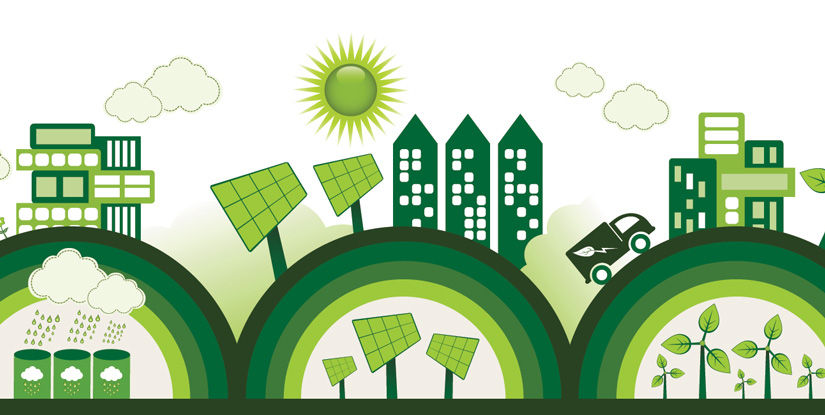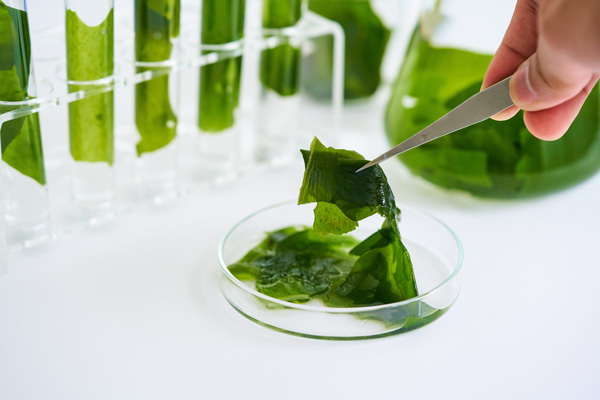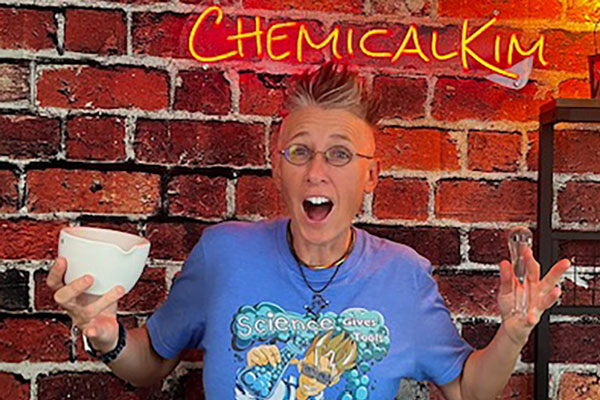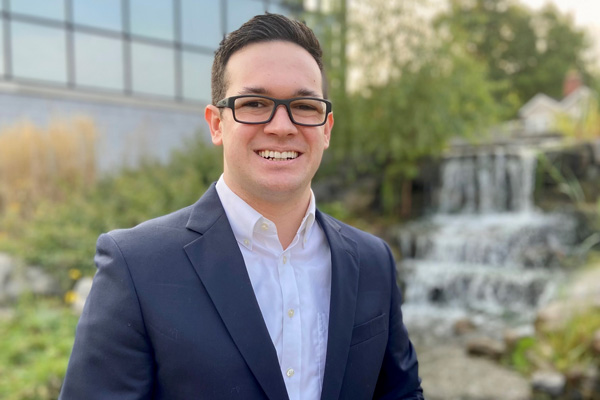
Downloads:
Dr. Seuss’s The Lorax, first published in 1971, is a cautionary tale about greed and the fragility of the natural environment. It highlights the tension between what human consumers want and need, and the preservation of the Earth’s finite resources and ecosystems: sustainability.
The phrases “sustainably sourced” and “eco-friendly” have become everyday terms, but the question that consumers, scientists, politicians, manufacturers, and industries continue to wrestle with is: What does sustainability mean?
The Once-ler’s harvesting method for the Truffula trees as portrayed in The Lorax was clearly not sustainable, but are there ways to use the Earth's resources in a sustainable manner? Does this apply to a resource that doesn’t grow back, such as lithium, an essential ingredient in our lithium-ion batteries?
Chemists and chemical engineers play a pivotal role in finding new ways to make new products more sustainable and recyclable. For example, each new generation of batteries is smaller and contains less hazardous and more recyclable components. Designing to be sustainable and recyclable at the outset needs to be the goal for all new technologies.
But with every new invention comes a new demand on the Earth’s resources; for example, metals like lithium, cobalt or nickel are needed for new battery technology. In 2022, the battery industry drove the cost of the ores of these elements to record highs. And the extraction methods for lithium alone are energy-intensive and hard on the environment. Hard-rock mining has carved gouges into the landscape, while natural salt flats are being covered by acres of evaporation pools.
Robin Kimmerer, PhD, author of Braiding Sweetgrass and a member of the Potawatomi Nation, says we are caught in “an economy which is relentless in asking what more we can take, despite what is given to us.” Kimmerer reminds us to be thankful for the air, the water, and the earth, then further challenges her readers and students to change the narrative from “what more can we take, but rather what can we give.”
While sustainability may feel like a new term, the Dish with One Spoon Treaty, a 12th century agreement among the First Nations of the Great Lakes, is an early example of sustainability policy. Indigenous people of the Americas used this treaty to peacefully share resources and hunting grounds with each other. The dish represents the land to be shared and the spoon represents the individuals living on and sharing the land.
“In sharing this place, we have an obligation to keep that bowl full, to keep it clean,” Kimmerer explains. “Because when it’s empty, it’s empty.”
In a ChemMatters’ Open for Discussion article, Michael Tinnesand suggested going to the “Asteroid Next Door” to replace the metals that become depleted on Earth. “While such ventures would be extremely costly and high risk (some have already gone under), the pay-off could be worth it,” he wrote. One ore-rich asteroid could be worth millions of U.S. dollars.
But first, instead of emptying the dish and seeking a new one, perhaps the true answer to sustainability lies within the realm of chemistry. Chemists and chemical engineers can improve metal recycling and make it more cost-effective than mining. Chemists can drive the discovery of new separation technologies and search for ways to reduce, reuse, and recycle the resources we currently have, from aluminum cans to lithium-ion batteries.
While the word sustainability feels new, the principles of sustainable living and environmental conservation are threaded throughout history. From a 12th century treaty and a children’s book published in 1971 to present day, sustainability is something society at large must continue to work toward.
No matter what it is called—environmental conservation, sustainability, or sharing—there are limited resources on Earth, which was recognized long before sustainability became a buzzword or political statement.
So, where do you see chemistry playing a role in balancing the needs and wants of society with the finite resources of the Earth? That’s Open for Discussion.
REFERENCES
Suess, The Lorax, New York, Random House, 1971.
Kimmerer, Robin Wall “Land Justice: Engaging Indigenous Knowledge for Land Care with Robin Wall Kimmerer.” November 7, 2023. https://vod.video.cornell.edu/media/Land+JusticeA+Engaging+Indigenous+Knowledge+ For+Land+Care+with+Robin+Wall+Kimmerer/1_lxto1phc
Tinnesand, M. “The Asteroid Next Door,” ChemMatters, October 2019.





